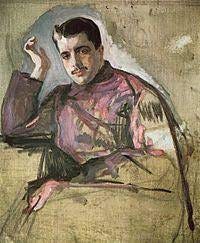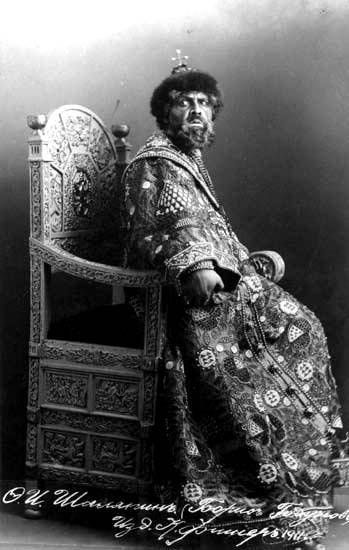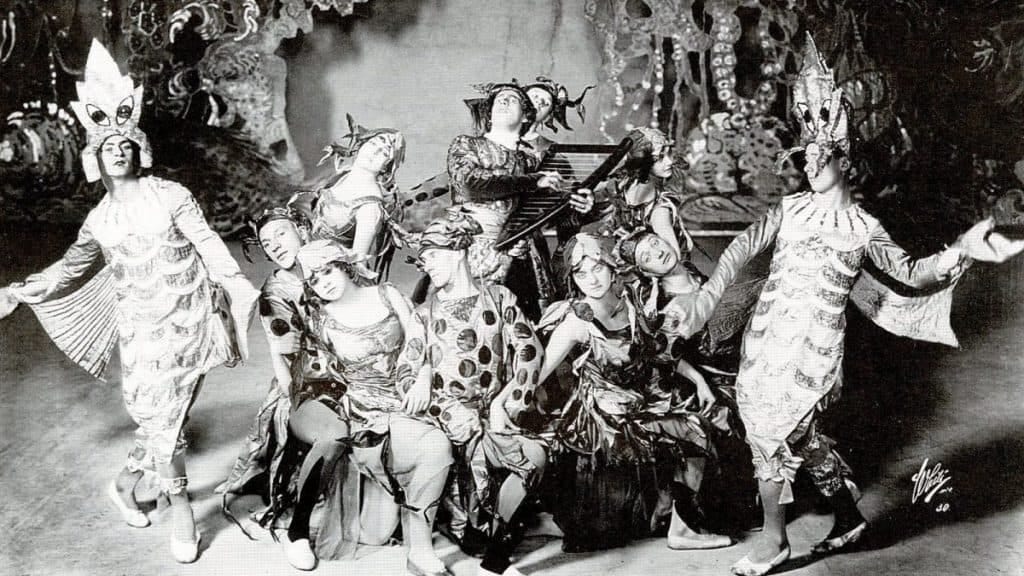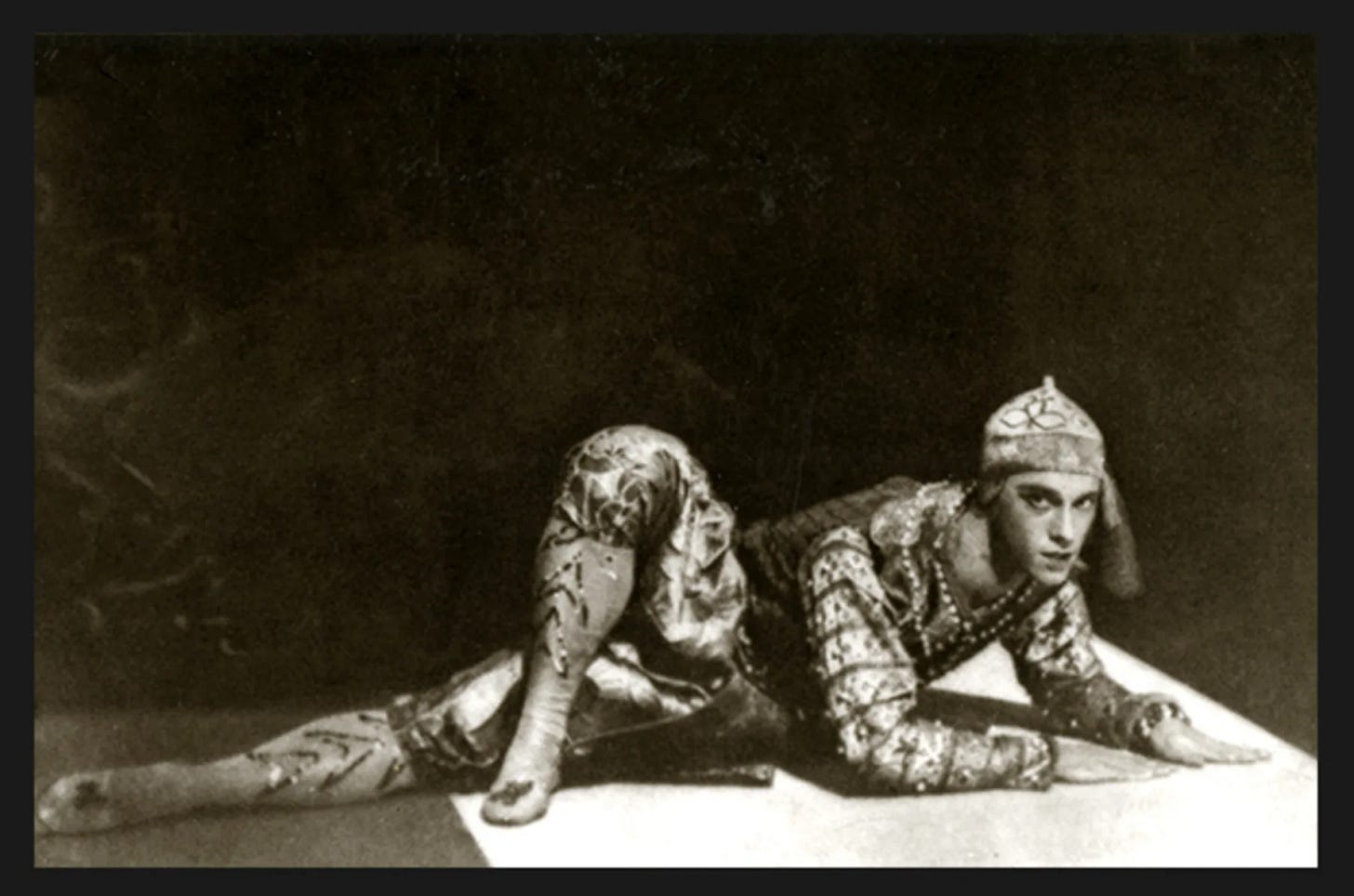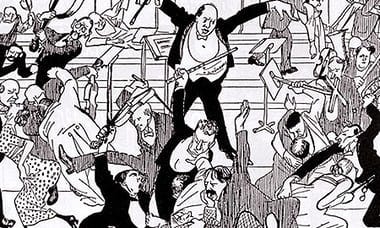big news, bigger hats
Or, a book announcement and the historical equivalent of Spider-Man: Turn Off the Dark
Friends!
The piece of news I’ve been not-so-subtly hinting about for months! It is here! And I’m allowed to talk about it! So I’m gonna talk about it!
The Piece of News!
I’m thrilled to announce that my second novel, Let the Dead Bury the Dead, will be published by Doubleday in 2023.
I’ve been dying to tell you about this project for ages, and I couldn’t be happier to bring it into the world with the same incredible team that did such an amazing job with A Tip for the Hangman.
Let the Dead Bury the Dead is an alternate-history tale inspired by Slavic folklore that takes place in 1812 St. Petersburg, right after the expulsion of Napoleon’s Grande Armée. It follows the second son of a fictional tsar as he encounters a woman who is suspected of being not-quite-human, and who sweeps him away from the palace and into the underground world of a brewing rebellion.
(My editor told me I’m not allowed to pitch this as “the song ‘I Just Can’t Wait to Be King’ from The Lion King, except Simba and Zazu are in love, Nala is a mystical socialist, and the ghost of Napoleon is in the elephant graveyard.” But that’s actually a really accurate synopsis.)
Jokes aside, this book pushed me to write in new ways about topics and characters that are near and dear to my heart. It’s a reflection of the hopelessness/hopefulness spiral I—and I know many of you—have experienced over the past chunk of recent memory. Writing it wasn’t easy, but the book is better for the bare-knuckle fight it took to bring it to life, and I absolutely cannot wait for you all to read it.
If you’re subscribed to Dirtbags Through the Ages, you’ll get all the book updates as they are updated, including a more final release date. You can also add it on Goodreads now if that’s a thing you do with your books.
Also if you have a good English-language street map of 19th-century Petersburg, like, message me or something, I’m using 7 of them stitched together and it’s an ordeal every time.

Now, your regularly scheduled dirtbag content, because I know what the people are really here for.
The Dirtbag Content!
Granted, my brain is mostly occupied by yelling “BOOK BOOK BOOK” over and over. But as a little treat, here’s a snapshot of one of my favorite artistic dirtbags:
Sergei Diaghilev, The 20th Century’s Fanciest Dance Man
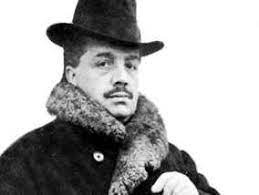
To be fair, Diaghilev is maybe less of an Avignon Papacy-level dirtbag and more of a “wacky queer agent of chaos who was a total shit to his boyfriend” dirtbag, but, like, six of one, y’know? History takes all kinds.
Born in 1872, Diaghilev grew up in Perm, a city some 500-odd miles southeast of Moscow, and went to study the arts at Saint Petersburg Imperial University. He belonged squarely in the “super senior” camp at college, taking six years to graduate because he enjoyed fucking around more than actually studying. (Both literally and figuratively, one assumes.)
As a flamboyant theater kid who’s been called the Oscar Wilde of Russia, you might think that Imperial Petersburg was maybe not the best place in the world for Diaghilev. But post-graduation, my man found his people, as all theater kids are wont to do. He joined a circle of artistic weirdos called the Nevsky Pickwickians, who swapped artistic ideologies (and maybe boyfriends) in various salons around town.
I’ve always imagined this group as vaguely resembling the lit mag I worked for in college: a bunch of nerdy queer kids with Artistic Vision but with Less Than No Money, who stayed up late making collages and paid for printing costs by holding a bake sale on 4/20. The Nevsky Pickwickians actually did start their own magazine, called мир искусства (World of Art), which was allegedly “dedicated to serve the God Apollo.” (This is absolutely something we would have said in the East Quad computer lab at 3am.)
It Cost So Much Money, Y’all
Supported by other members of the Nevsky Pickwickians, Diaghilev got bored with zine life and started getting into the theater—and by “getting into the theater,” I mean “lurking around backstage spying on ballerinas.”
(Not necessarily in the creepy way you’re all thinking. My man Sergei, as mentioned above, was profoundly uninterested in the ladies as a genre.)
Alarmed to see this 27-year-old stranger in fancy waistcoats and a Harold-Ziegler-from-Moulin-Rouge top hat skulking around the wings, the ballerinas made fun of Diaghilev, nicknaming him “chinchilla” because of his weird hair, which delights me.
After a while as a passive observer, Diaghilev started organizing productions himself. To say they were a little bit extra is an understatement. Diaghilev’s Paris-based staging of Mussorgsky’s opera Boris Godunov (y’all remember him, the guy I don’t care about) landed his theater company in an 85,000-franc deficit—which, based on my cursory and imprecise googling, amounts to slightly less than $4.2 million today. This is still not as bad of a theatrical failure as Spider-Man: Turn Off the Dark, which lost $60 million, so Diaghilev can at least take comfort in that.
The Russian treasury, however, wasn’t comforted. They immediately cut off Diaghilev’s funding, which meant he had to start looking for an art form that he could produce, to his exacting standard of “as extra as possible,” for a bit less cash. Which ended up being ballet.
Dance Dance Revolution
This is my favorite part about the story of Diaghilev: he didn’t even like ballet. He consistently referred to any group of ballerinas greater than three as “a herd of cattle,” and he trash-talked the ballet any chance he got. Opera was his game; ballet was a backup plan. But a ballet theater was going cheap, and there was a stage involved, which meant Diaghilev could make the productions as wild as he wanted.
AND OH, MY FRIENDS, HE WANTED.
Diaghilev took to ballet the way he took to everything: with PURE AUDACITY. He started producing shows set to increasingly avant-garde music, including the first ballet ever produced with a number in 5/4 time. I know this seems quaint after we’ve all watched a CGI Skimbleshanks the Railway Cat tap-dance in 13/8 on the big screen, but in his day it was groundbreaking.
He also made great use of mime and puppetry, which makes him sound like a deranged circus clown, but was apparently pretty cool to watch.
An Inherent Inability to Chill
Diaghilev’s ballets became more and more extra, and he became more and more famous. He spent all his time at the theater, slamming his cane against the floor to keep time, yelling at the dancers for not being able to dance in 5/4, and sneaking off now and again to have sex with the lead male dancer Vaslav Nijinsky.
It will not surprise you, maybe, that Nijinsky’s roles in Diaghilev’s productions kept getting bigger and bigger—and sexier and sexier—as this relationship went on. Nijinsky was also a good 17 years younger than Diaghilev, so if you’re feeling creeped out by this, you’re correct.
(Yes, what I’m describing is the essentially the 1900s Russian version of the Phantom of the Opera. You can absolutely picture Diaghilev creeping around the basement of the Théâtre du Châtelet. I do.)
You are probably gathering from all this information that Sergei Diaghilev was a petty bitch who loved mess. You would be correct.
For example, when he suspected his next ballet wasn’t going to get much attention, he took it upon himself to leak some of Nijinsky’s sexy telegrams to the press so that people would pay attention. This is Kardashian-level ingenuity, and also like a wild breach of consent, but there you go.
He was also the impresario behind Stravinsky’s The Rite of Spring, which, like, didn’t not cause the entire city of Paris to riot. “Exactly what I wanted,” Diaghilev reportedly said after the riot broke out, and if that doesn’t tell you who he was, then I don’t know what will.
As a last example, Diaghilev fired Nijinsky immediately after the dancer got married in 1913, because he was a possessive jealous loser. No part of their relationship is recommended.
Womp Womp
Then a thing called the Russian Revolution happened.
In light of this, the rich, successful, fancy man in the fur coat and top hat thought it might be a swell moment to get out of town.
Diaghilev scooted off to France, like all the richest and luckiest Russian aristocrats did at the time, and the French loved him. He continued growing the popularity of the Ballets Russes in exile, producing ballets set to increasingly weird music. Eventually the French started complaining that he was a bit too “stylish,” and when the French are whining about your level of panache, you know you’re really going a bit too hard. Diaghilev died of diabetes in 1929, at the age of 57.
Anyway. I did a lot of research into the Ballets Russes over the past three years for someone whose book is set a full century before the Ballets Russes was even a thing. I’m glad it was worth something.
And with that, stay tuned for book news, and try not to spend $4.2 million on fancy medieval costumes between now and the next newsletter. If at all possible.
-Allison





